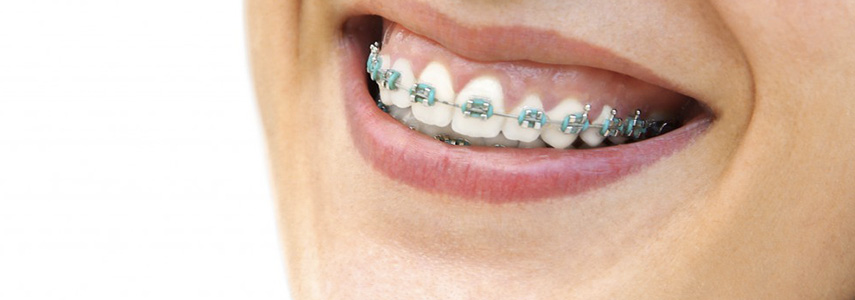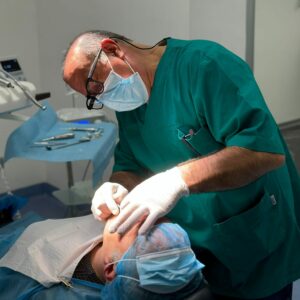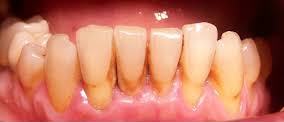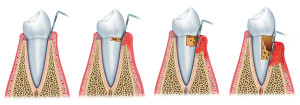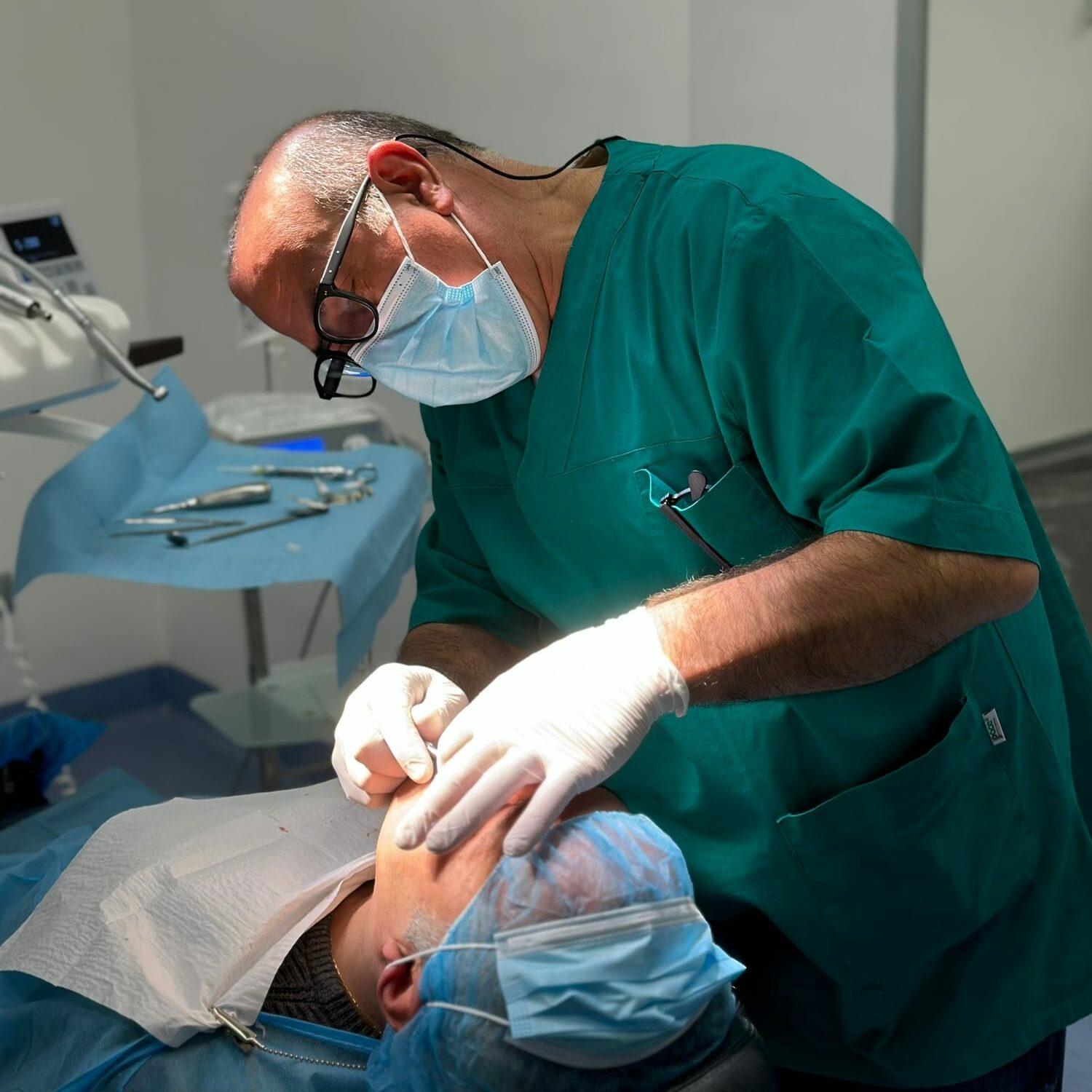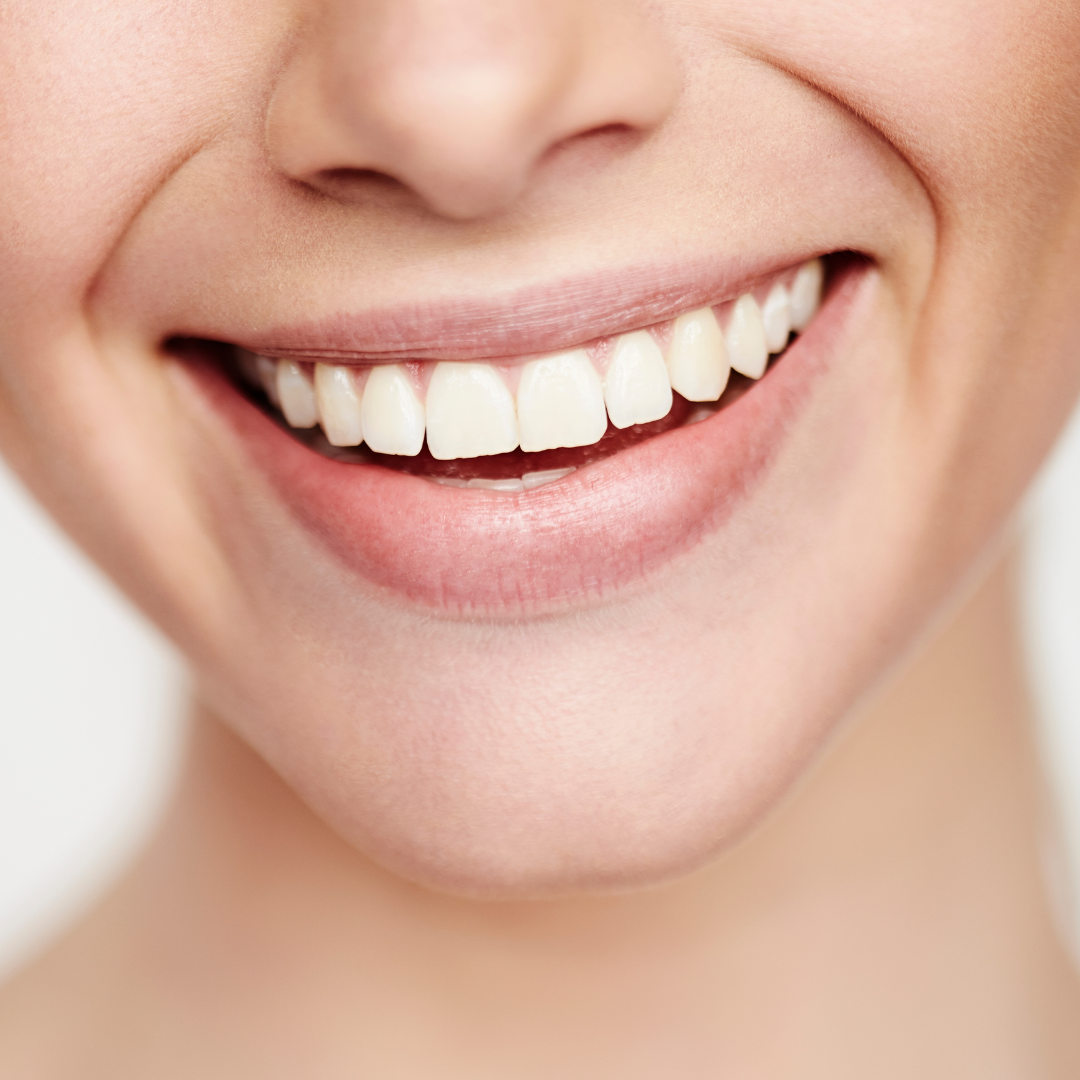For some years there has been a new upward trend in orthodontic care: it is no longer just about children, adults are also wearing the appliance and according to recent data, a good portion of patients has even exceeded 40 years of age.
Orthodontic care for perfect teeth
Smile care, also from an aesthetic point of view, induces many people to resort to orthodontic treatments. In fact, orthodontic therapies, with the use of the appliance, is the best method to realign crooked teeth and treat malocclusions. Problems that are not limited to compromising only the aesthetic aspect, but which, over time, can compromise multiple functions of the oral cavity.
The application of an orthodontic appliance uses traction to return the teeth to their natural position and return the patient, at the end of therapy, to a perfect smile and full functionality of the mouth.
Orthodontic treatment effectiveness
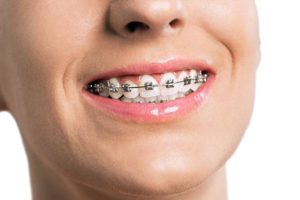 A recent study by the British Orthodontic Society has shown that 70% of patients undergoing orthodontic therapy after ten years from the end of treatment had to undergo orthodontic treatment again.
A recent study by the British Orthodontic Society has shown that 70% of patients undergoing orthodontic therapy after ten years from the end of treatment had to undergo orthodontic treatment again.
What emerges from the English study is the need to have periodic monitoring and maintenance checks followed by orthodontic treatments. Without subsequent planning of periodic checks, it is very likely that incorrect alignment of the dental arches can occur again. In fact, the teeth can undergo movements throughout their lives.
In the maintenance phase, after removing the appliance from the teeth, it is often recommended to use a night bite or other removable appliances, in many cases, however, the dentist’s recommendations are totally ignored.
The periodic checks also allow you to intervene promptly where there is a posthumous problem with therapy. Ignoring the monitoring phase can result in the loss of the results achieved through the application of the orthodontic appliance.
The timing of therapy varies according to the specific clinical case, when you rely on an excellent dental center, the therapeutic process is always shared with the patient in every detail, including the planning of subsequent check-ups. An accurate initial diagnosis, a personalized treatment plan and subsequent monitoring are three essential steps for guaranteeing an intervention that has a long duration over time.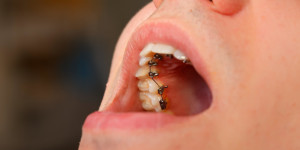
In particular, orthodontic treatments aim to restore the correct alignment of the teeth and correct chewing and dental occlusion: it is therefore not just a matter of bringing the appliance to the teeth for some time.
We care very much about building a relationship of trust with our patients for this reason, we believe that a therapeutic course in the dental field should be shared with the patient and not imposed, for greater effectiveness of the treatment plan.




